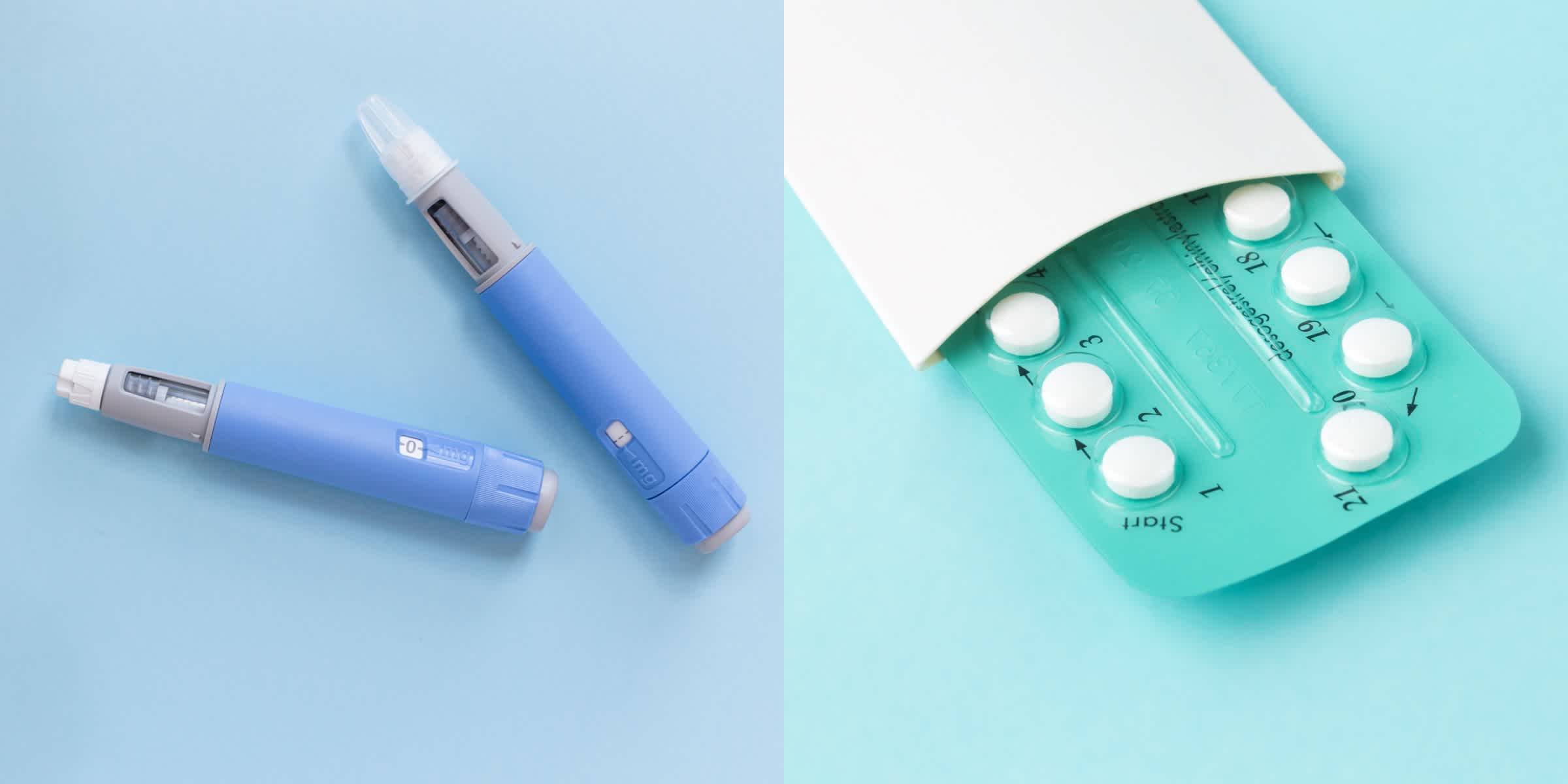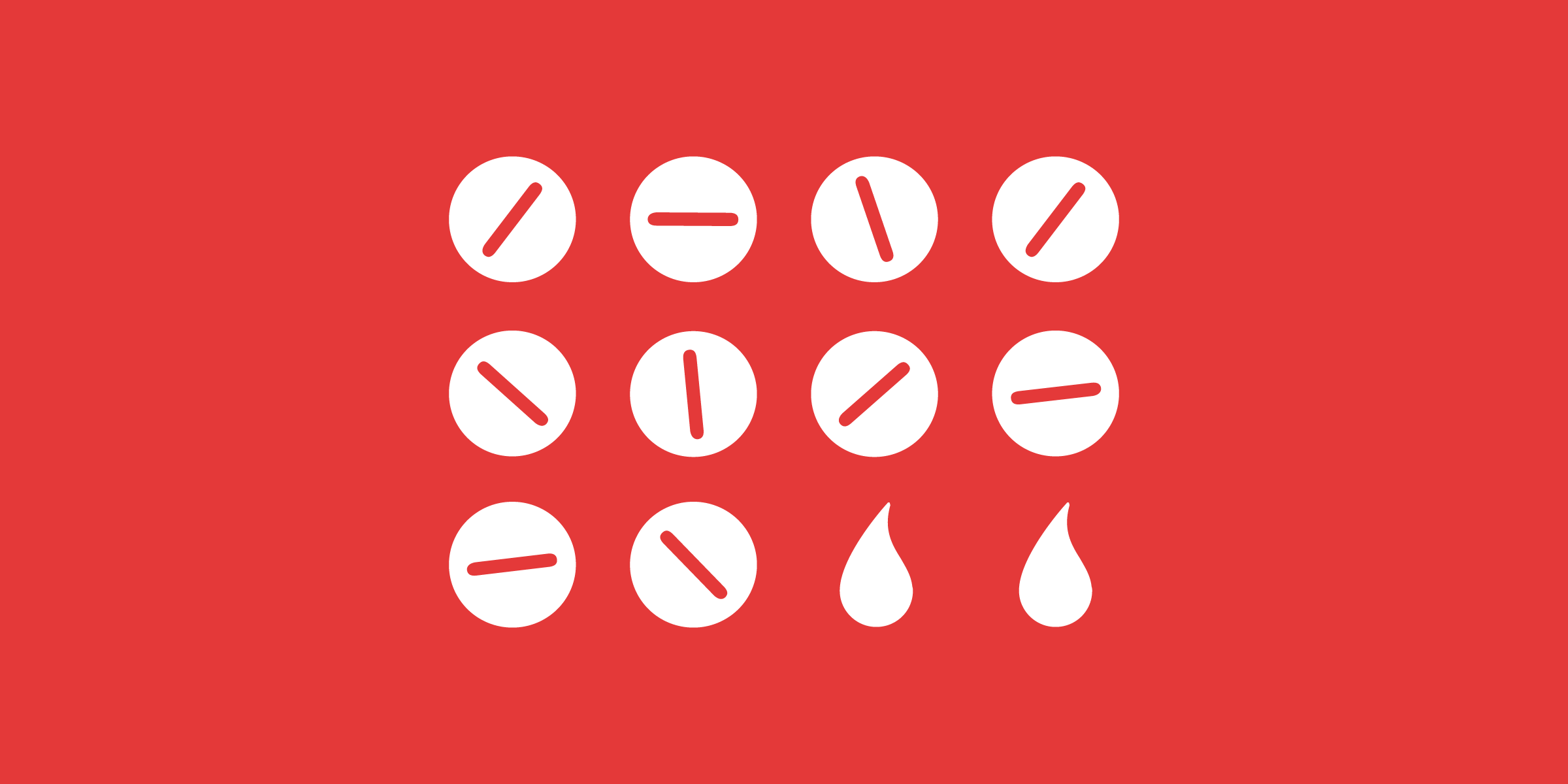
Birth control in perimenopause: Do you still need it?
Understanding fertility in perimenopause and how birth control can help you manage symptoms
Magdalena is a German freelance medical writer based in South Africa. As a mother and medical doctor with an MSc in Public Health, she is passionate about reproductive health. Her goal is to make complex health information accessible and easy to understand.
Understanding fertility in perimenopause and how birth control can help you manage symptoms
Most people notice that periods start to feel a bit different during perimenopause.
Learn how GLP-1s like Ozempic, Wegovy, and Mounjaro may affect your hormonal birth control. Find out what to look out...
Free bleeding is the practice of menstruating without blocking or collecting the period flow. Here’s why people do it.
Vaginal dryness is common but treatable, and can happen at any age.
Knowing the science behind why ovulation happens and what symptoms to look for can be empowering
There might be a connection between your menstrual cycle and your headaches.
Find out about progesterone's role in your cycle, ovulation, & during pregnancy. Learn about levels, low progesterone, and the...
Estrogen plays a crucial role in regulating your menstrual cycle. Find out about everything you need to know about...
Find out whether you’re experiencing heavy menstrual bleeding and what might be causing it.
We explore 12 effective non-hormonal birth control methods in this article, offering alternatives to hormonal birth control options.
Uterine polyps may cause infertility.
Breakthrough bleeding on hormonal birth control is common. Learn why it happens and how to manage it.
Your “period” on combined hormonal contraception is called withdrawal bleeding. It happens when hormone levels drop during the hormone-free interval.
Discover the link between iron deficiency and perimenopause and how to spot the signs early.
Women and people with cycles have historically been left out of medical research, with deadly consequences.
Ovulation pain is lower abdominal pain that happens in the middle of your menstrual cycle when you ovulate.
The significance of period blood color is commonly misunderstood.










